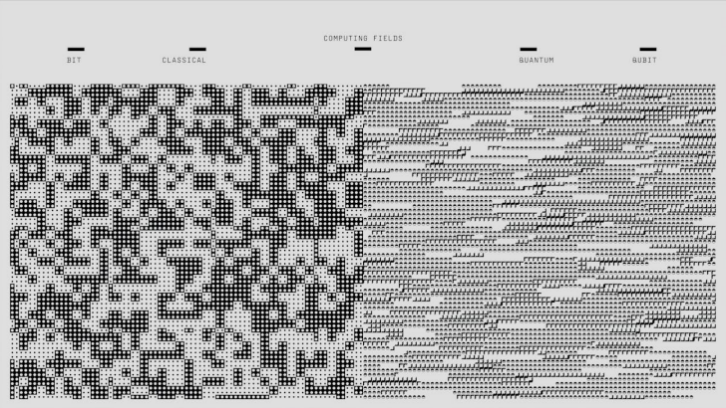Beyond the speed of light: the future of quantum communication
In today's digital flood sweeping the world, our pursuit of information transmission has never stopped. From bonfire to optical fiber, every leap is reshaping the form of human society. However, when the traditional communication technology approaches the physical limit, a silent revolution is quietly brewing, and its core is subversive quantum communication. It no longer depends on the electromagnetic waves in the macro world, but controls the wonderful characteristics of microscopic particles, opening a door to the future of a brand-new information age.

The charm of quantum communication stems from two core principles of quantum mechanics: quantum superposition and quantum entanglement. Imagine a microscopic particle, which can be in multiple states at the same time, just like a coin that hasn’t yet been tossed. It is both positive and negative, and the final result is not determined until the moment it is measured. This is the quantum superposition state. Using this characteristic, we can encode information into quantum states and realize ultra-high density storage and transmission of information. What is even more amazing is quantum entanglement. Regardless of the distance between two particles, their states maintain a tight connection. The moment one particle is measured, the other undergoes an immediate corresponding change. This "non-local correlation" breaks Einstein's restriction on the speed of information dissemination and provides a theoretical cornerstone for building an absolutely secure communication network.
At present, quantum communication technology mainly focuses on two key areas: quantum key distribution (QKD) and quantum teleportation. The core idea of QKD is to use the unclonability of quantum state to generate a series of encryption keys that only the communication parties know. Once a third party tries to eavesdrop, the state of the key will change due to the fragility of the quantum state, and the eavesdropper's behavior will be immediately detected. This fundamentally eliminates the possibility of information being intercepted and cracked, and realizes "unconditional security" communication. This is of immeasurable value to banks, government and military, and other fields that require extremely high information security.

In contrast, quantum teleportation is more like a scene in a science fiction movie. It does not really transmit the matter itself, but accurately copies the quantum state of one particle and transmits it to another distant particle "instantaneously". This technology lays the foundation for the future quantum internet, which will enable quantum computers distributed around the world to be interconnected efficiently and complete complex computing tasks together. At that time, we may be able to usher in a brand-new information processing paradigm, break through the computing bottleneck of existing computers, and solve a series of major challenges facing mankind, such as new material design and drug research and development.

However, the journey of quantum communication is not smooth. How to overcome the fragility of quantum state and prolong its holding time in the transmission process; How to transform the technology in the laboratory into a large-scale, low-cost practical system; How to build a global quantum relay network is a difficult problem for scientists to solve urgently. Despite the challenges, it can be predicted that with the continuous breakthrough of technology, quantum communication will no longer be a distant future. It will gradually integrate into our lives, from ensuring the security of financial transactions to empowering new computing models, and may even change our cognition of information, time and space. In the future, we may be able to whisper at the other end of the universe through quantum entanglement, and realize real unbounded communication.
(Writer:Laurro)


